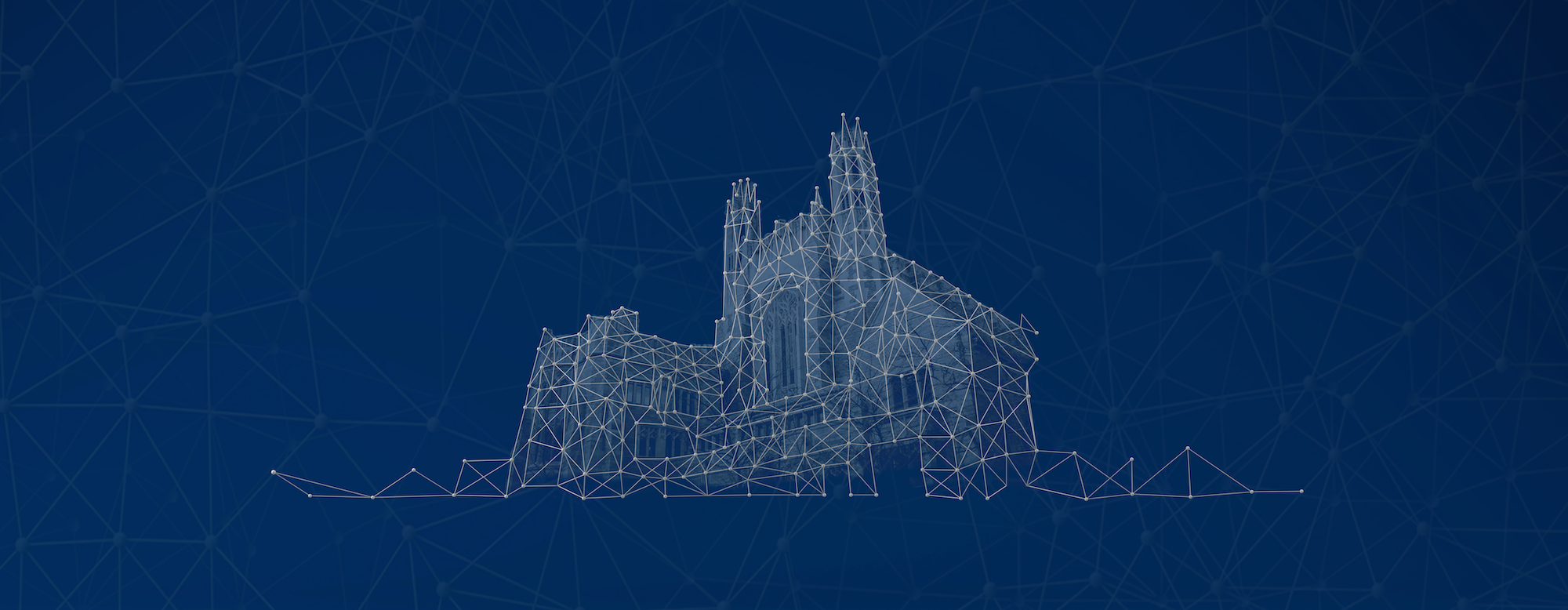Tech drift is the phenomenon where a change in technological context alters policy outcomes. Tech drift can cause legal vulnerabilities. Socially empowering policies such as labor and employment laws can become inaccessible or ineffective because of changing technological contexts. But tech drift begets more than legal weakness. It also constitutes tech politics, as one of tech drift’s outcomes is a shift in the locus of struggles over policy outcomes: from policy enactment, blocking, or reform to the very shaping of tech context.
Tech drift can be designed as a power move, reallocating power from one set of actors and institutions to others. Tech drift has profound effects on tech change’s ecosystem of actors and institutions. Specifically, I survey how drift divided losing coalitions and dissident groups. Using qualitative interviews, I document how Uber’s tech drift split labor actors on institutional, substantive, and jurisdictional grounds.
Following these findings, I offer a set of structural remedies. These remedies aim at intervening in tech change’s ecosystem of actors, ethos, and the initial allocation and attainment of legal powers. With these novel intervention points, we can find new levers to bend the arc of tech change toward justice and democracy.
